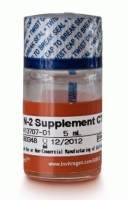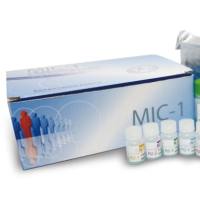Photodynamic Diagnosis and Therapy and the Brain
互联网
570
Photodynamic techniques such as photodynamic diagnosis (PDD), fluorescence-guided tumour resection (FGR) and photodynamic therapy (PDT) are currently undergoing intensive clinical investigations as adjuvant treatment for malignant brain tumours. The following chapter provides an overview on the current clinical data and trials of PDT as well as photosensitizers, technical developments and indications for photodynamic application in neurosurgery. Besides many clinical phase I/II trials for PDT for malignant brain tumours, there are only few controlled clinical trials following tumour resection. Variations in treatment protocols, variation of photosensitizers and light dose make the evaluation scientifically difficult; however there is a clear trend towards prolonging median survival after one single photodynamic treatment as compared to standard therapeutic regimens. According to the meta analysis the median survival after PDT for primary glioblastoma multiforme (WHO grade IV) was 22 months and for recurrent GBM was 9 months as compared to standard conventional treatment, in which it is 15 and 3 months, respectively. Fluorescence-guided resection of the tumour demonstrated significant greater reduction of tumour burden. The combination of PDD/ FGR and intraoperative PDT (“to see and to treat”) offers an exciting approach to the treatment of malignant brain tumours. PDT was generally well tolerated and side effects consisted of occasionally increased intracranial pressure and prolonged skin sensitivity against direct sunlight.









